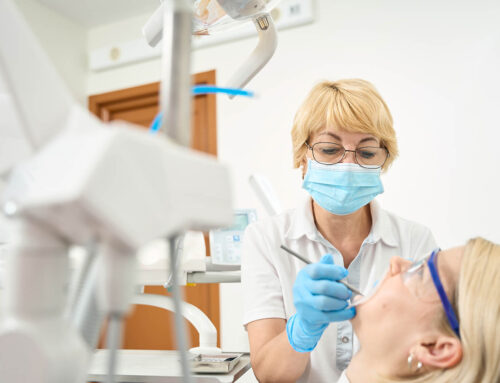Dr Saul Konviser discusses tooth staining and discoloration and the causes and some ways to manage this to keep your teeth and smile looking healthy.
Tooth discoloration is a common dental concern that can affect the appearance of your smile. It can be caused by various factors, both intrinsic (internal) and extrinsic (external). Understanding the causes and types of tooth discoloration is important in determining the appropriate treatment options. Let’s explore some common causes and types of tooth discoloration:
Causes of Tooth Discoloration:
- Extrinsic Factors:
- Food and Beverages: Certain foods and drinks with intense colour pigments, such as coffee, tea, red wine, berries, and curry, can stain the outer layer of the teeth (enamel) over time.
- Tobacco: Smoking or chewing tobacco can lead to yellow or brown stains on the teeth.
- Poor Oral Hygiene: Inadequate brushing and flossing can result in the buildup of plaque and tartar, which can cause tooth discoloration.
- Intrinsic Factors:
- Aging: As we age, the outer layer of enamel becomes thinner, revealing the naturally yellowish dentin underneath, which can make teeth appear more discoloured.
- Genetics: Some individuals may naturally have thicker or more porous enamel, which can make teeth more prone to discoloration.
- Medications: Certain medications, such as antibiotics (e.g., tetracycline), antihistamines, and some antipsychotic drugs, can cause tooth discoloration, particularly when taken during tooth development.
- Trauma or Injury: Teeth that have experienced trauma or injury may develop internal discoloration due to damage to the nerves or blood vessels within the tooth.
- Dental Materials: Certain dental materials, such as metal-based fillings or dental restorations, can cause tooth discoloration over time.
Types of Tooth Discoloration:
- Extrinsic Discoloration: This type of discoloration affects the outer layer of the tooth enamel and can usually be addressed with professional cleanings and teeth whitening procedures.
- Intrinsic Discoloration: Intrinsic discoloration occurs within the tooth structure and may require more complex treatment options to improve the appearance of the teeth. These treatment options may include tooth whitening techniques, dental veneers, or dental bonding.
Treatment Options for Tooth Discoloration:
- Professional Teeth Whitening: This is a common treatment for extrinsic tooth discoloration. It involves the use of bleaching agents to remove stains and lighten the teeth. Professional teeth whitening can be performed by a dental professional in-office or through take-home kits provided by the dentist.
- Dental Veneers: Veneers are thin shells made of porcelain or composite resin that are bonded to the front surface of the teeth. They can effectively cover intrinsic discoloration and provide a whiter and more uniform appearance.
- Dental Bonding: Bonding involves the application of a tooth-coloured resin material to the teeth. It can be used to cover stains, fill gaps, and reshape teeth affected by discoloration.
- Crowns: Crowns, or tooth caps, can be used to cover severely discoloured or damaged teeth. They are custom-made to match the shape, size, and colour of your natural teeth, providing a durable and aesthetically pleasing solution.
- Improving Oral Hygiene: Practicing good oral hygiene habits, including regular brushing, flossing, and professional dental cleanings, can help prevent extrinsic discoloration and maintain a healthy smile.
It is important to consult with a dental professional to determine the underlying cause of your tooth discoloration and to discuss the most appropriate treatment options for your specific case. They can provide personalised recommendations and guidance to help you achieve a brighter and more confident smile.
If you have any questions or wish to book an appointment with Dr Saul, please contact him here



